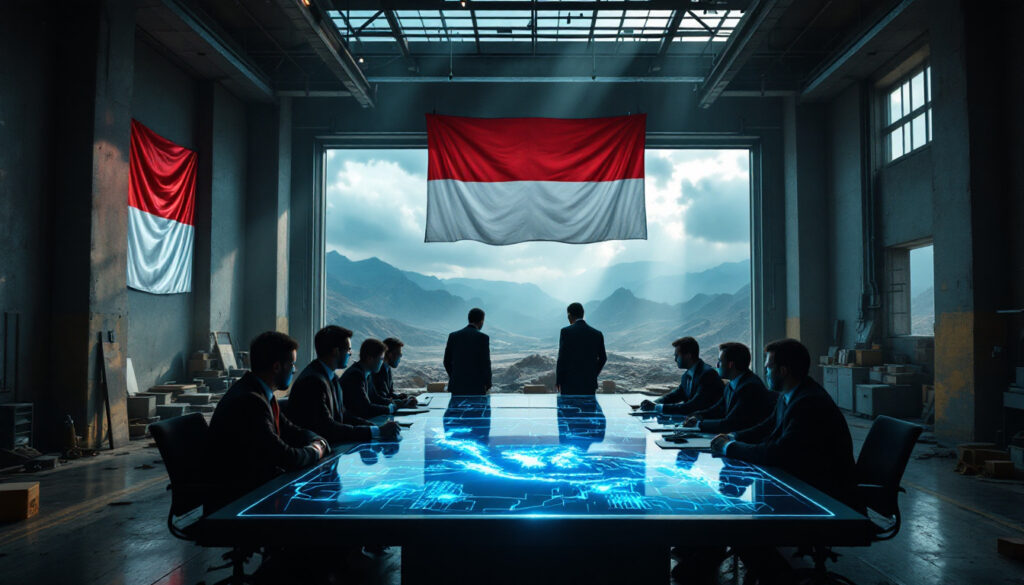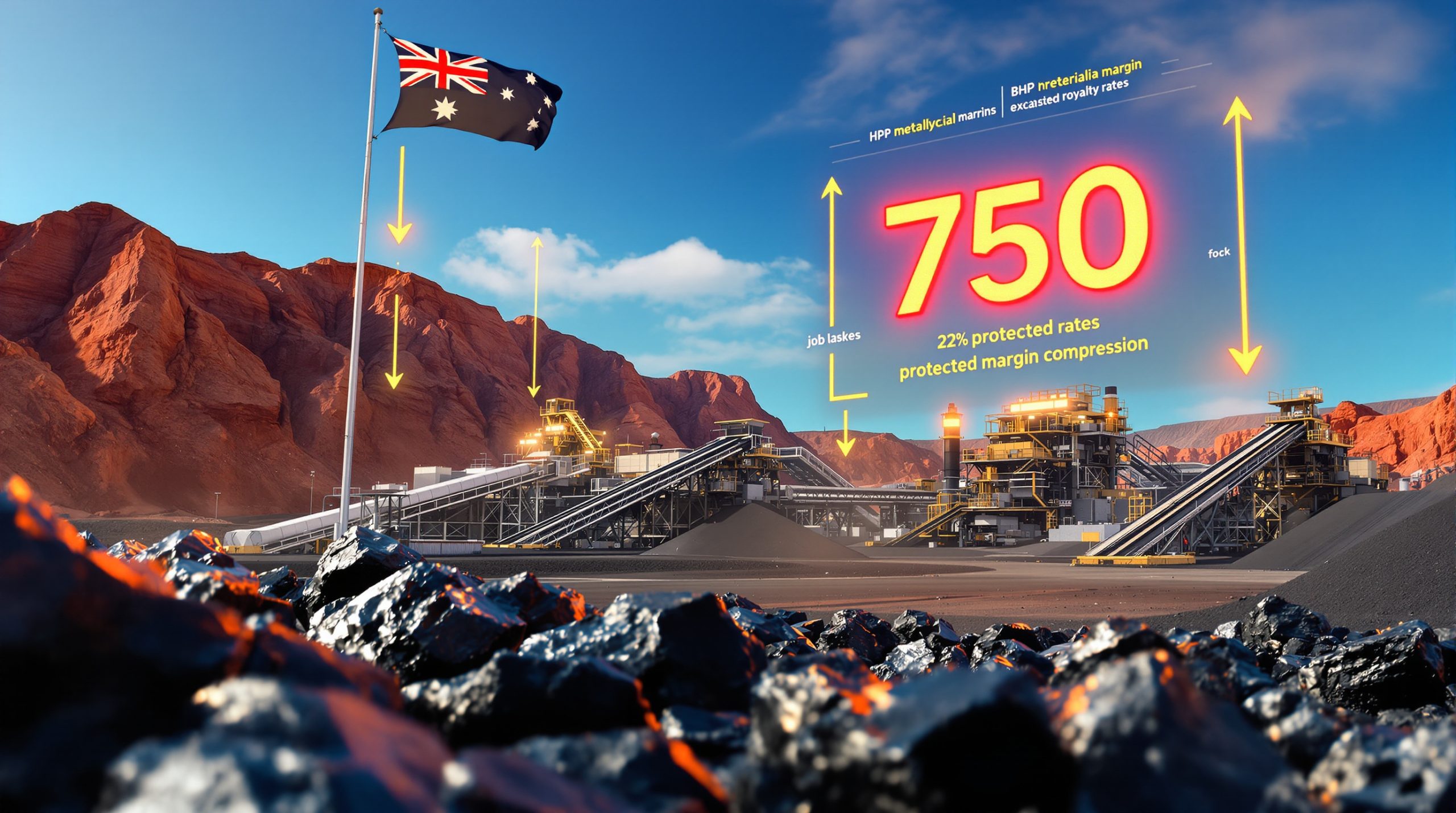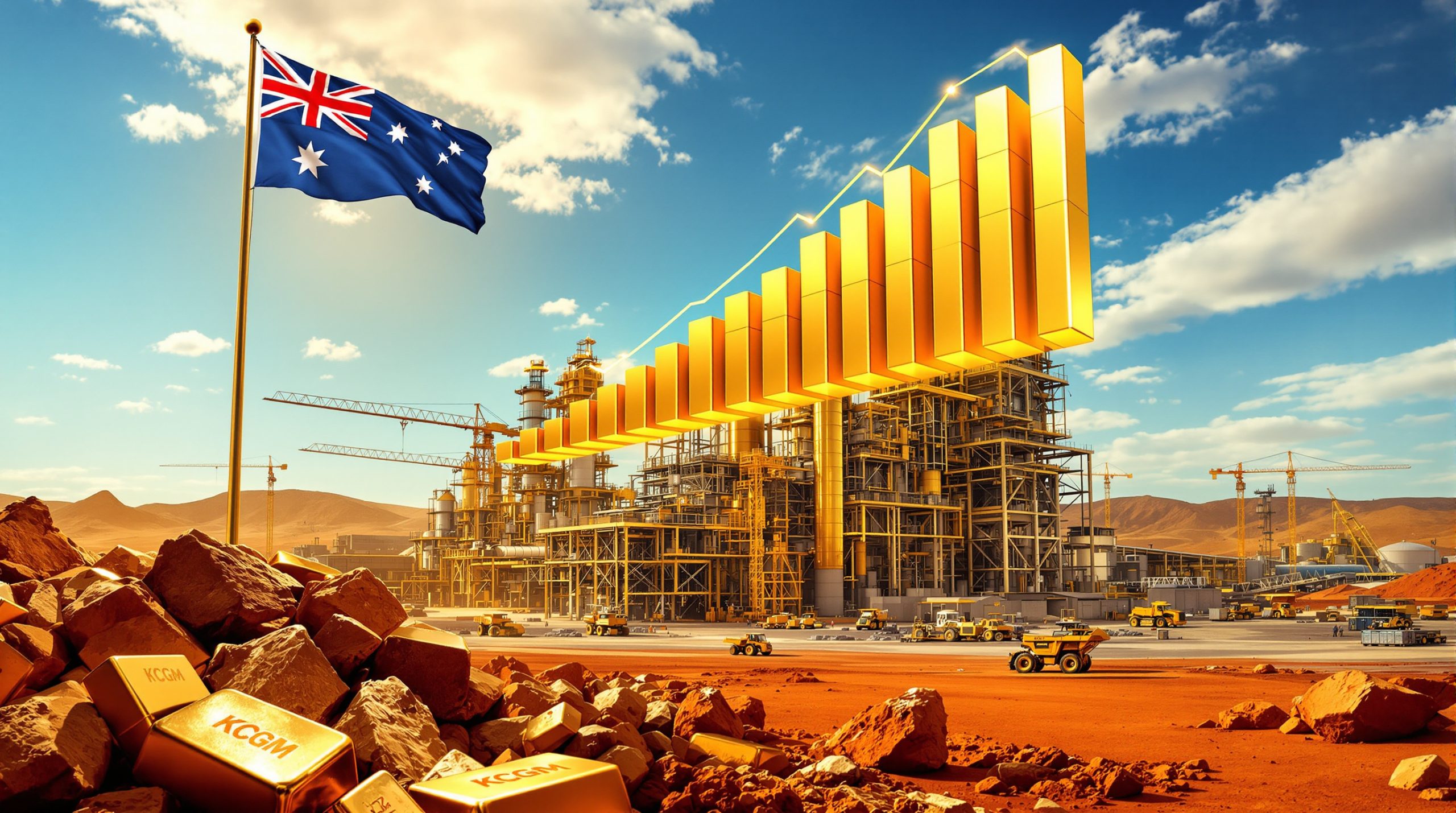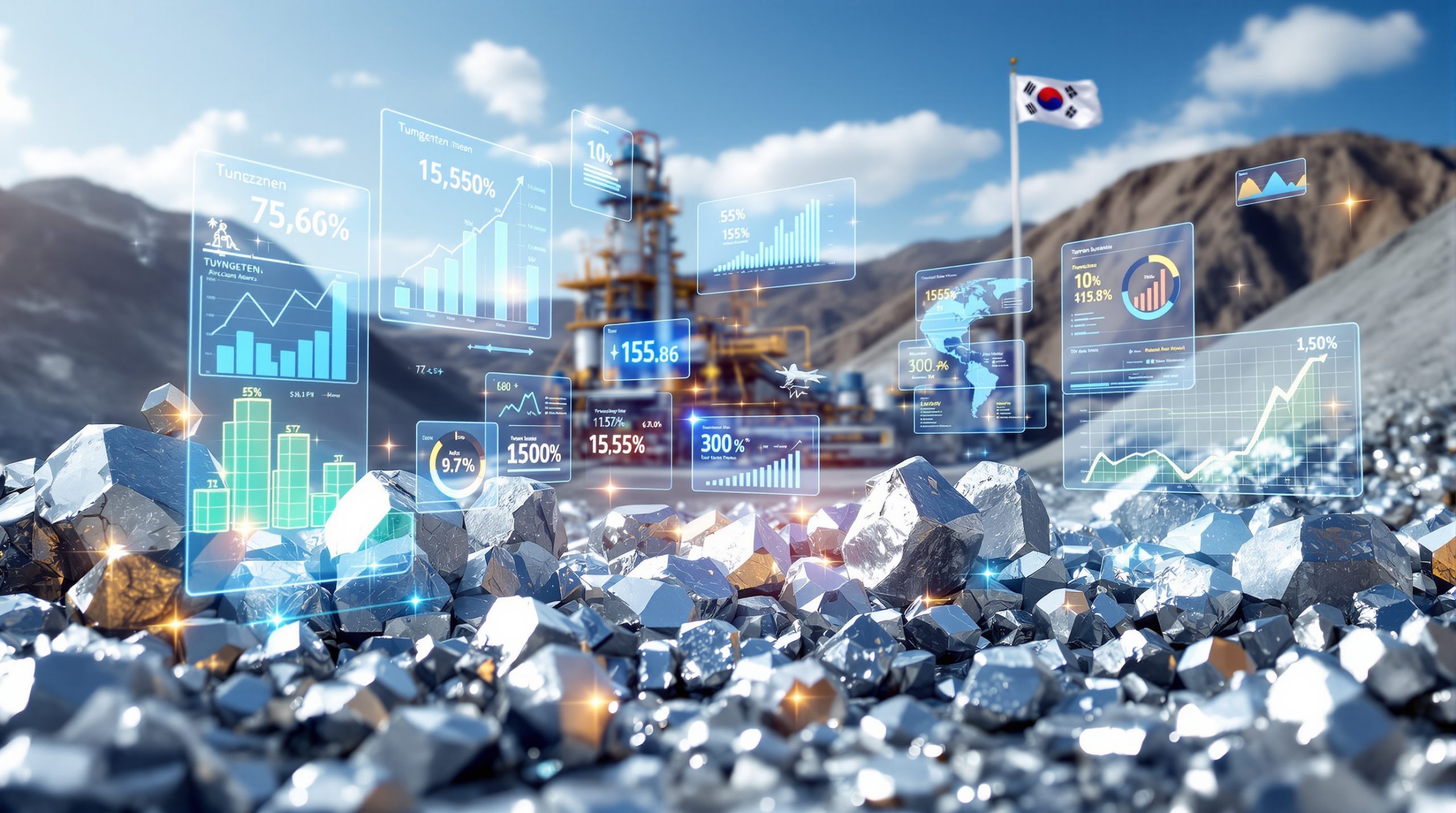Why Did LG Energy Solution Abandon Its Massive Indonesia Investment?
In a shocking development that sent ripples through the Southeast Asian EV landscape, South Korean battery giant LG Energy Solution (LGES) has withdrawn from a US$8.45 billion investment in Indonesia. This decision marks one of the most significant retreats from Indonesia's ambitious electric vehicle manufacturing strategy, leaving government officials scrambling to find alternative partners.
Understanding the Scale of the Abandoned Project
The abandoned project represented a cornerstone of Indonesia's strategy to become a regional EV manufacturing powerhouse. The massive US$8.45 billion (HK$65.7 billion) joint venture between LGES and Indonesia Battery Corporation (IBC) was designed as an end-to-end solution – from nickel mining through processing and ultimately to battery cell production.
This withdrawal doesn't just represent lost capital investment; it potentially threatens Indonesia's entire downstream nickel processing ambitions. The project was expected to create thousands of high-skilled jobs and establish a comprehensive technology transfer mechanism that would have given Indonesian engineers valuable expertise in advanced battery recycling breakthrough techniques.
LGES's Official Reasoning for Withdrawal
According to official statements from LG Energy Solution, the primary factor behind their exit was "shifting market dynamics" in the global EV battery space. The company specifically cited deteriorating investment conditions in Indonesia compared to when the deal was initially struck in 2020. Internal documents reveal that LGES faced mounting pressure to realign its global manufacturing footprint amid intensifying competition from Chinese battery manufacturers who can operate at lower costs.
Industry analysts point to several additional factors that likely influenced LG's decision:
- Global EV demand slowdown: After years of explosive growth, electric vehicle sales have moderated in key markets like Europe and China
- Technological pivots: LGES may be repositioning for newer battery chemistries less dependent on nickel importance insights
- Regulatory complexity: Indonesia's evolving minerals policies created operational uncertainties
- Rising capital costs: Higher interest rates globally have forced reassessment of capital-intensive projects
"When we committed to this project, the global battery landscape looked entirely different," noted an unnamed LGES executive quoted in Korean business publication Maeil Business. "The economics have shifted dramatically, forcing us to make difficult decisions about capital allocation."
How Might This Exit Impact Indonesia's EV Industry Roadmap?
The fallout from LG exits Indonesia EV battery investment extends far beyond mere financial implications, potentially undermining Indonesia's entire EV manufacturing strategy just as it was gaining momentum.
Potential Disruptions to Indonesia's EV Strategy
Indonesia's EV roadmap relied heavily on establishing domestic battery production capabilities to minimize import dependence. With LGES's exit, several critical disruptions appear likely:
- Technology transfer delays: LGES would have brought cutting-edge battery manufacturing expertise that local engineers could absorb
- Extended import reliance: Indonesia may remain dependent on imported battery components for years longer than anticipated
- Production timeline uncertainty: Domestic EV manufacturing targets for 2025-2030 now appear increasingly unrealistic
- Supply chain fragmentation: The integrated nickel-to-battery ecosystem now faces coordination challenges
Perhaps most concerning is the impact on investment confidence. Indonesia had marketed itself as a premier destination for EV supply chain investments, leveraging its vast nickel reserves as a competitive advantage. LG's departure introduces doubt about the country's ability to maintain stable investment conditions for complex industrial projects spanning multiple years.
According to industry forecasts from BloombergNEF, Indonesia's ambition to produce 600,000 EVs annually by 2030 now faces significant headwinds. Their latest analysis suggests actual production might reach only 40-50% of that target without a major battery partner.
Industry Association Concerns
The Energy, Mineral and Coal Suppliers Association (Aspebindo) has raised serious alarms about the implications of LG's withdrawal. In a strongly-worded statement to Antara news agency, they warned the exit "could derail the EV industry road map" and increase the country's technological dependence on imports.
"This development threatens the entire downstream ecosystem we've been carefully building," said Aspebindo's chairman. "Without technology transfer from established global players, our domestic capabilities will stagnate, forcing continued reliance on imported components."
The association has particularly highlighted vulnerabilities in Indonesia's current policy framework, noting that frequent regulatory changes create an unpredictable environment for the decade-long investments required in battery manufacturing. They've called for a comprehensive review of Indonesia's critical minerals strategy to better compete with regional rivals like Thailand and Vietnam, which offer more stable regulatory environments.
Is Huayou Cobalt Poised to Replace LG in the Project?
As Indonesia scrambles to salvage its battery manufacturing ambitions, attention has turned to Chinese mining giant Zhejiang Huayou Cobalt as a potential replacement for LGES.
Huayou's Potential Entry
Huayou Cobalt, already a significant player in Indonesia's nickel processing sector, has emerged as the frontrunner to take over the abandoned project. The Chinese mining giant currently operates a $5.2 billion nickel-HPAL plant in Indonesia's Weda Bay Industrial Park through a joint venture with Tsingshan Group, giving it established operations and government relationships in the country.
Indonesian officials have been actively courting Huayou as a replacement investor, highlighting potential synergies with their existing nickel processing operations. Sources close to the negotiations indicate that Indonesia is offering enhanced incentives to Huayou, potentially including expedited permitting, tax holidays, and subsidized electricity rates.
The potential shift from a South Korean to a Chinese battery partner carries significant implications:
- Technology approach: Huayou would likely implement different battery manufacturing techniques than LGES planned
- Export orientation: Industry analysts expect a Chinese partner might prioritize battery metals investment rather than building Indonesia's domestic battery manufacturing capabilities
- Supply chain integration: Huayou's established mining operations could create stronger vertical integration but might result in fewer opportunities for local suppliers
"Huayou brings significant advantages given their existing investments in Indonesian nickel processing," explained Dr. Lin Mei, a battery materials specialist at the China Nonferrous Metals Industry Association. "Their experience with HPAL technology and established logistics chains could actually accelerate certain aspects of the project compared to LG's original timeline."
Huayou's Cautious Approach
Despite Indonesian enthusiasm, reporting from Nanyang Sin-Chew Lianhe Zaobao indicates Huayou is taking a cautious approach to potentially stepping into LGES's shoes. The company is conducting extensive due diligence on the financial viability of the project under current market conditions and assessing how it would complement their existing Indonesian investments.
Several factors are influencing Huayou's measured stance:
- Global overcapacity concerns: Battery manufacturing capacity is expanding rapidly worldwide
- Project economics: Rising construction and material costs could affect profitability
- Regulatory landscape: Evaluating Indonesia's evolving minerals policies
- Partnership structure: Determining optimal ownership arrangements with Indonesia Battery Corporation
Industry sources suggest Huayou is particularly focused on securing ownership of intellectual property in any potential deal and ensuring flexibility to export materials to Chinese battery manufacturers rather than being restricted to supplying Indonesia's domestic market exclusively.
How Is the Indonesian Government Responding to This Setback?
The Indonesian government has maintained a surprisingly optimistic public stance despite what many industry observers consider a significant blow to its EV ambitions.
Official Government Position
Indonesia's Ministry of Energy and Mineral Resources has deliberately downplayed concerns about LG's withdrawal, characterizing investor changes as routine in large-scale industrial projects. In a press conference following the announcement, the Ministry emphasized that the withdrawal reflects business considerations specific to LG rather than fundamental problems with Indonesia's investment climate.
"Investor reshuffles are normal in projects of this magnitude and timeline," stated a Ministry spokesperson. "We remain firmly committed to our vision of making Indonesia a regional electric vehicle manufacturing hub, leveraging our unparalleled nickel resources."
Behind the scenes, however, government officials are working urgently to salvage the project. Multiple high-level delegations have traveled to Beijing and Shanghai to court Chinese battery manufacturers, with particular focus on Huayou Cobalt and Contemporary Amperex Technology Co. Limited (CATL). These efforts suggest greater concern than public statements indicate.
Policy Adjustments Under Consideration
In response to LG's exit, several substantive policy adjustments are reportedly under consideration:
- Enhanced investment incentives: Tax holidays extended from 10 to 15 years for battery projects exceeding $5 billion
- Regulatory streamlining: Creation of a special "battery investment office" to cut permit processing times by 50%
- Infrastructure commitments: Accelerated development of dedicated industrial zones with guaranteed power supply
- Workforce development: Expanded technical training programs specifically for battery manufacturing
Perhaps most significantly, sources within the Ministry of Industry indicate that Indonesia is reconsidering its controversial requirements for high levels of local content in battery manufacturing. The current mandate for 40% local content within three years of operation has been cited by multiple investors as unrealistic given Indonesia's limited component manufacturing base.
"We're examining successful EV ecosystem models from around the world," noted a senior Ministry advisor speaking on condition of anonymity. "The balance between localizing production and creating attractive conditions for global investors requires constant recalibration."
What Does This Mean for Global EV Battery Supply Chains?
LG's withdrawal and Huayou's potential entry represent more than just a changing of the guard in Indonesia – they signal broader shifts in global EV battery manufacturing dynamics.
Shifting Dynamics in Battery Manufacturing
The potential replacement of a South Korean manufacturer with a Chinese one accelerates several emerging trends in Asia's battery landscape:
- Increased Chinese influence: Chinese firms continue expanding their dominance in battery materials processing
- Regional specialization: Southeast Asia increasingly focuses on raw material processing while cell manufacturing consolidates in China and developed economies
- Supply chain bifurcation: Western and Chinese battery supply chains are developing distinct technological approaches and standards
Indonesia's nickel resources ensure it remains critically important regardless of which companies lead manufacturing efforts. The country possesses approximately 21 million tonnes of nickel, representing 52% of global reserves according to the U.S. Geological Survey (USGS). This overwhelming resource advantage means battery manufacturers cannot simply bypass Indonesia in their supply chains.
The shift also potentially accelerates China's already dominant position in global battery production. Chinese firms currently control approximately 60% of global EV battery manufacturing capacity according to SNE Research, with CATL and BYD leading the market. Huayou's potential takeover of the Indonesian project would further strengthen Chinese firms' control over critical minerals processing.
Strategic Materials Considerations
Despite manufacturing uncertainties, Indonesia's position as the world's nickel powerhouse remains unchallenged and continues to attract significant investment in processing facilities:
- HPAL expansion: High-Pressure Acid Leaching facilities continue to be built despite environmental concerns
- MHP processing: Production of Mixed Hydroxide Precipitate as a battery precursor is increasing
- Integrated value chains: Companies are establishing operations spanning mining through chemical processing
The technical complexity of processing Indonesian nickel cannot be overstated. Most Indonesian deposits are lateritic (rather than sulfide) ores, requiring sophisticated processing techniques like HPAL to produce battery-grade materials. This technology is energy-intensive and environmentally challenging but necessary for utilizing Indonesia's vast resources.
"Indonesia's nickel is both its greatest asset and its greatest challenge," explains Dr. Maria Rodriguez, senior metals analyst at CRU Group. "The combination of low-grade lateritic deposits with strict processing requirements creates significant technical hurdles that only the most sophisticated operations can overcome efficiently."
How Does This Compare to Other Major EV Battery Investments in Southeast Asia?
LG's withdrawal highlights the intense regional competition for EV supply chain investments, with Thailand, Vietnam, and Malaysia all actively courting similar projects.
Regional Investment Landscape
Southeast Asia has emerged as a battleground for EV manufacturing investments, with each country leveraging different competitive advantages:
Thailand has positioned itself as the region's automotive manufacturing hub, building on decades of experience producing conventional vehicles. The country's Eastern Economic Corridor has attracted approximately $2.8 billion in EV-related investments, including projects from BYD, Toyota, and Mercedes-Benz. Thailand aims for EVs to constitute 30% of its automotive production by 2030.
Vietnam has leveraged its electronics manufacturing expertise and strategic location near China to attract component producers. Most notably, domestic champion VinFast has built a $174 million battery plant in Haiphong as part of its aggressive EV strategy, while also courting international battery partners.
Malaysia has focused on semiconductor production and electronic components for EVs rather than competing directly in battery cell manufacturing. The country has leveraged its established electronics manufacturing ecosystem to capture high-value segments of the EV supply chain.
Comparative analysis reveals distinct approaches to EV development across ASEAN:
| Country | Primary EV Strategy | Key Advantages | Major Investors |
|---|---|---|---|
| Indonesia | Raw material processing | Vast nickel reserves | Huayou, Tsingshan, Vale |
| Thailand | Final assembly & manufacturing | Established auto industry | BYD, Toyota, Mercedes |
| Vietnam | Mass-market EV production | Low-cost manufacturing | VinFast, LG, Gotion |
| Malaysia | Components & semiconductors | Electronics expertise | Bosch, Infineon, Samsung |
Competitive Advantages and Challenges
Indonesia's resource-driven strategy stands in contrast to its neighbors' manufacturing-focused approaches, creating both advantages and vulnerabilities:
Advantages:
- Unmatched nickel reserves provide long-term leverage
- Government commitment to downstream processing
- Lower electricity costs compared to regional competitors
- Strategic location within ASEAN trading bloc
Challenges:
- Policy inconsistency concerns foreign investors
- Limited technical workforce for advanced manufacturing
- Underdeveloped component supplier ecosystem
- Infrastructure gaps in power and transportation
Thailand's success in maintaining policy consistency despite multiple government changes offers an instructive contrast to Indonesia's approach. The Thai Board of Investment's 50% tax reduction for EV manufacturers, maintained consistently since 2017, has created predictability that investors value highly.
"The contrast between Thailand and Indonesia illustrates that natural resources alone aren't sufficient," notes Dr. Apichat Satitniramai from Thammasat University's Faculty of Economics. "Thailand lacks nickel but offers stability and manufacturing expertise, while Indonesia has incredible mineral wealth but struggles with policy predictability."
What Lessons Can Be Learned from LG's Withdrawal?
LG's exit provides valuable insights for both Indonesia and other emerging economies seeking to establish EV manufacturing capabilities.
Risk Factors for Major EV Investments
Several critical risk factors have emerged that threaten large-scale battery investments:
- Demand uncertainty: Global EV adoption has proven more volatile than early forecasts suggested
- Policy inconsistency: Frequent regulatory changes undermine long-term investment planning
- Technology flux: Rapid battery chemistry innovations can quickly render manufacturing facilities obsolescent
- Local content challenges: Unrealistic localization requirements create operational inefficiencies
The World Bank's 2023 report on "Climate-Smart Mining" emphasized that policy consistency ranks as the single most important factor for securing mining and processing investments in emerging markets. The report specifically highlighted that "investors require 15-20 year visibility on regulatory frameworks to commit capital to projects with decade-long payback periods."
Indonesia's experience demonstrates the challenges of balanced risk-sharing between foreign investors and domestic partners. The original LGES joint venture structure assigned significant financial risk to the Korean company while providing Indonesia with substantial control rights – an arrangement that proved unsustainable as market conditions evolved.
Success Factors for Future Projects
Successful EV ecosystem development appears to require:
- Stable regulatory frameworks with guaranteed investment protection
- Realistic technology transfer timelines that acknowledge capability gaps
- Phased localization requirements matched to supplier development
- Strategic infrastructure investments in power generation and logistics
- Specialized workforce development initiatives targeting battery expertise
Thailand's Eastern Economic Corridor offers an instructive model of how focused infrastructure investment, consistent incentives, and strategic workforce development can create an attractive investment environment despite lacking Indonesia's raw material advantages.
For Indonesia specifically, success will likely require greater policy stability even through political transitions. The country's presidential election cycle has historically coincided with significant policy shifts, creating investment uncertainty that competitors like Thailand have avoided.
"The key lesson from LG's withdrawal is that natural resource advantages aren't enough," explains Dr. Bernardinus Djonoputro, infrastructure expert at the Indonesian Planning Association. "Without institutional stability and policy predictability, even the world's richest nickel deposits can't guarantee investment success."
As Indonesia regroups from this setback, the future of its EV ambitions will depend largely on its ability to learn these lessons while adapting to the rapidly evolving mining industry evolution happening globally.
FAQ: Indonesia's EV Battery Investment Climate
What makes Indonesia attractive for EV battery investments?
Indonesia possesses overwhelming advantages in raw materials, particularly nickel, which is essential for cathode production in most current EV battery designs. The country holds approximately 21 million tonnes of nickel reserves according to USGS data, representing 52% of global known reserves.
Beyond raw materials, Indonesia offers:
- Strategic location within Southeast
Want to Know When the Next Major Mineral Discovery Happens?
Stay ahead of the market with Discovery Alert's proprietary Discovery IQ model that instantly notifies you of significant ASX mineral discoveries, turning complex data into actionable investment insights. Explore historic returns from major discoveries on our dedicated discoveries page and start your 30-day free trial today.




